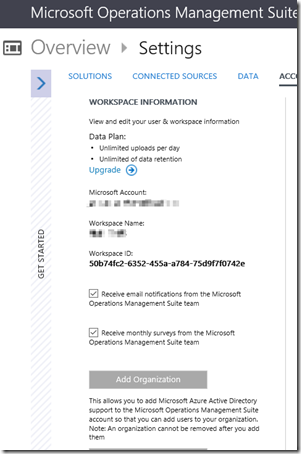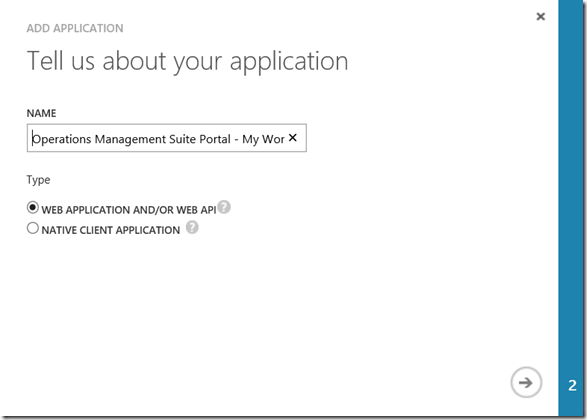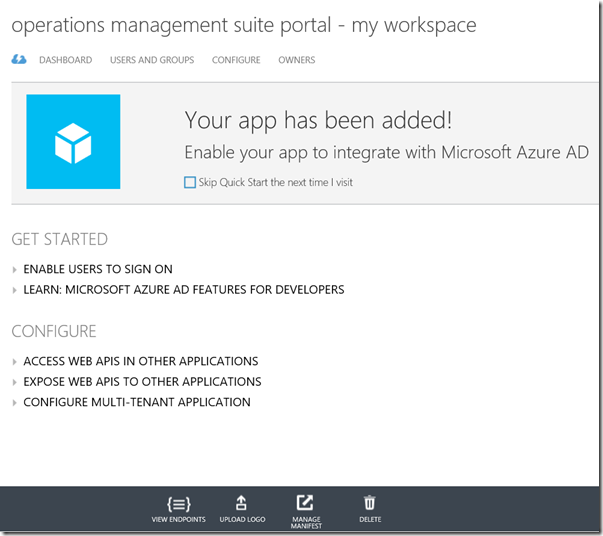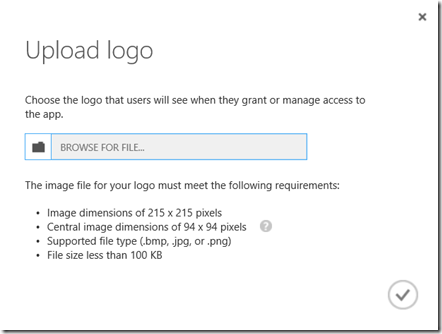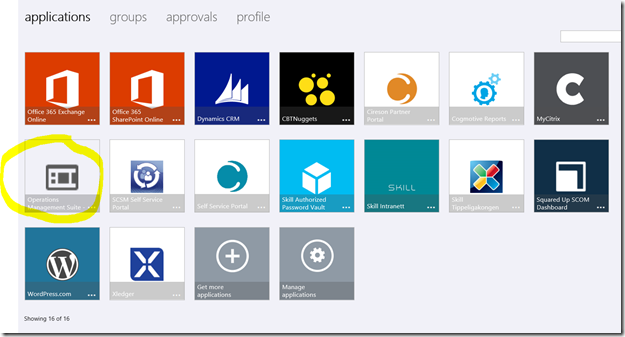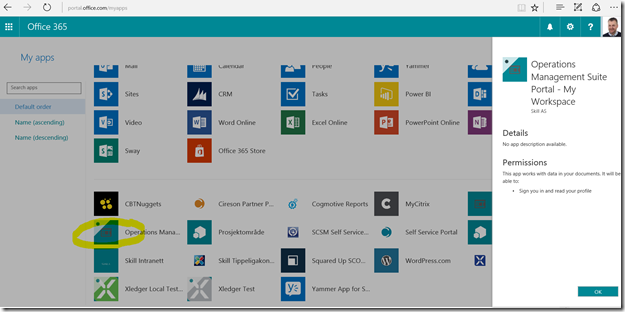Some objects in the Service Manager CMDB, does not have the History tab. For example for Active Directory Users:
This makes it more difficult to keep track of changes made by either the AD Connector or Relationship Changes.
Some years ago this blog post from Technet showed how you could access object history programmatically using the SDK and a Console Application: http://blogs.technet.com/b/servicemanager/archive/2011/09/16/accessing-object-history-programmatically-using-the-sdk.aspx
I thought I could accomplish the same using PowerShell and the SDK instead, so I wrote the following script based on the mentioned blog article:
# Import module for Service Manager PowerShell CmdLets $SMDIR = (Get-ItemProperty 'hklm:/software/microsoft/System Center/2010/Service Manager/Setup').InstallDirectory Set-Location -Path $SMDIR If (!(Get-Module –Name “System.Center.Service.Manager”)) { Import-Module ".\Powershell\System.Center.Service.Manager.psd1" } # Connect to Management Server $EMG = New-Object Microsoft.EnterpriseManagement.EnterpriseManagementGroup "localhost" # Specify Object Class # In this example AD User $aduserclass = Get-SCSMClass -DisplayName "Active Directory User" # Get Instance of Class $aduser = Get-SCSMClassInstance -Class $aduserclass | Where {$_.UserName -eq 'myusername'} # Get History of Object Changes $listhistory = $emg.EntityObjects.GetObjectHistoryTransactions($aduser) # Loop History and Output to Console ForEach ($emoht in $listhistory) { Write-Host "*************************************************************" -ForegroundColor Cyan Write-Host $emoht.DateOccurred `t $emoht.ConnectorDisplayName `t $emoht.UserName -ForegroundColor Cyan Write-Host "*************************************************************" -ForegroundColor Cyan ForEach ($emoh in $emoht.ObjectHistory) { If ($emoh.Values.ClassHistory.Count -gt 0) { Write-Host "*************************" -ForegroundColor Yellow Write-Host "Property Value Changes" -ForegroundColor Yellow Write-Host "*************************" -ForegroundColor Yellow ForEach ($emoch in $emoh.Values.ClassHistory) { ForEach ($propertyChange in $emoch.PropertyChanges) { $propertyChange.GetEnumerator() | % { Write-Host $emoch.ChangeType `t $_.Key `t $_.Value.First `t $_.Value.Second -ForegroundColor Yellow } } } } If ($emoh.Values.RelationshipHistory.Count -gt 0) { Write-Host "*************************" -ForegroundColor Green Write-Host "Relationship Changes" -ForegroundColor Green Write-Host "*************************" -ForegroundColor Green ForEach ($emorh in $emoh.Values.RelationshipHistory) { $mpr = $emg.EntityTypes.GetRelationshipClass($emorh.ManagementPackRelationshipTypeId) Write-Host $mpr.DisplayName `t $emorh.ChangeType `t (Get-SCSMClassInstance -Id $emorh.SourceObjectId).DisplayName `t (Get-SCSMClassInstance -Id $emorh.TargetObjectId).DisplayName -ForegroundColor Green } } } }
Running the script outputs the source of the changes, and any Property or Relationship changes, as shown in the below sample image:



